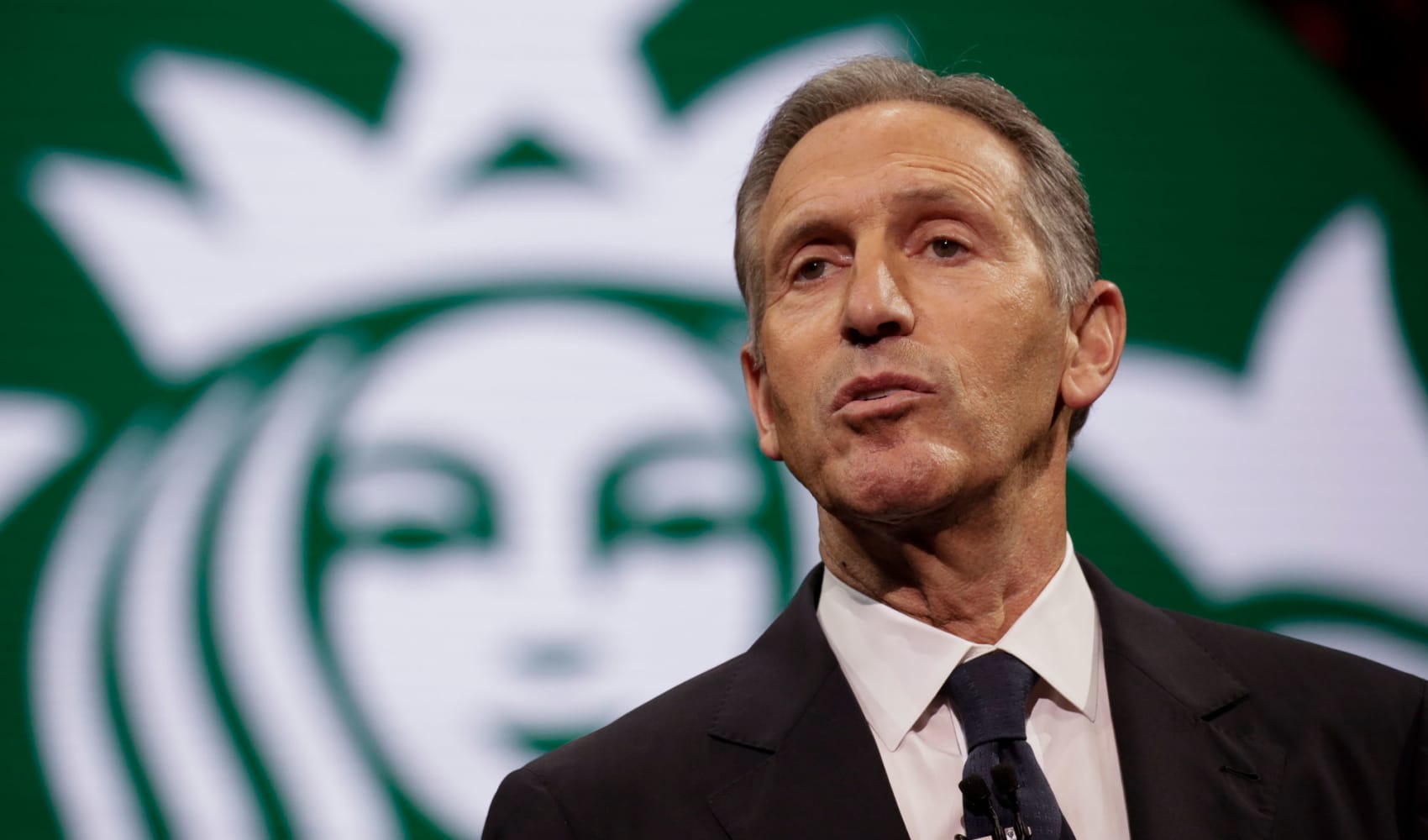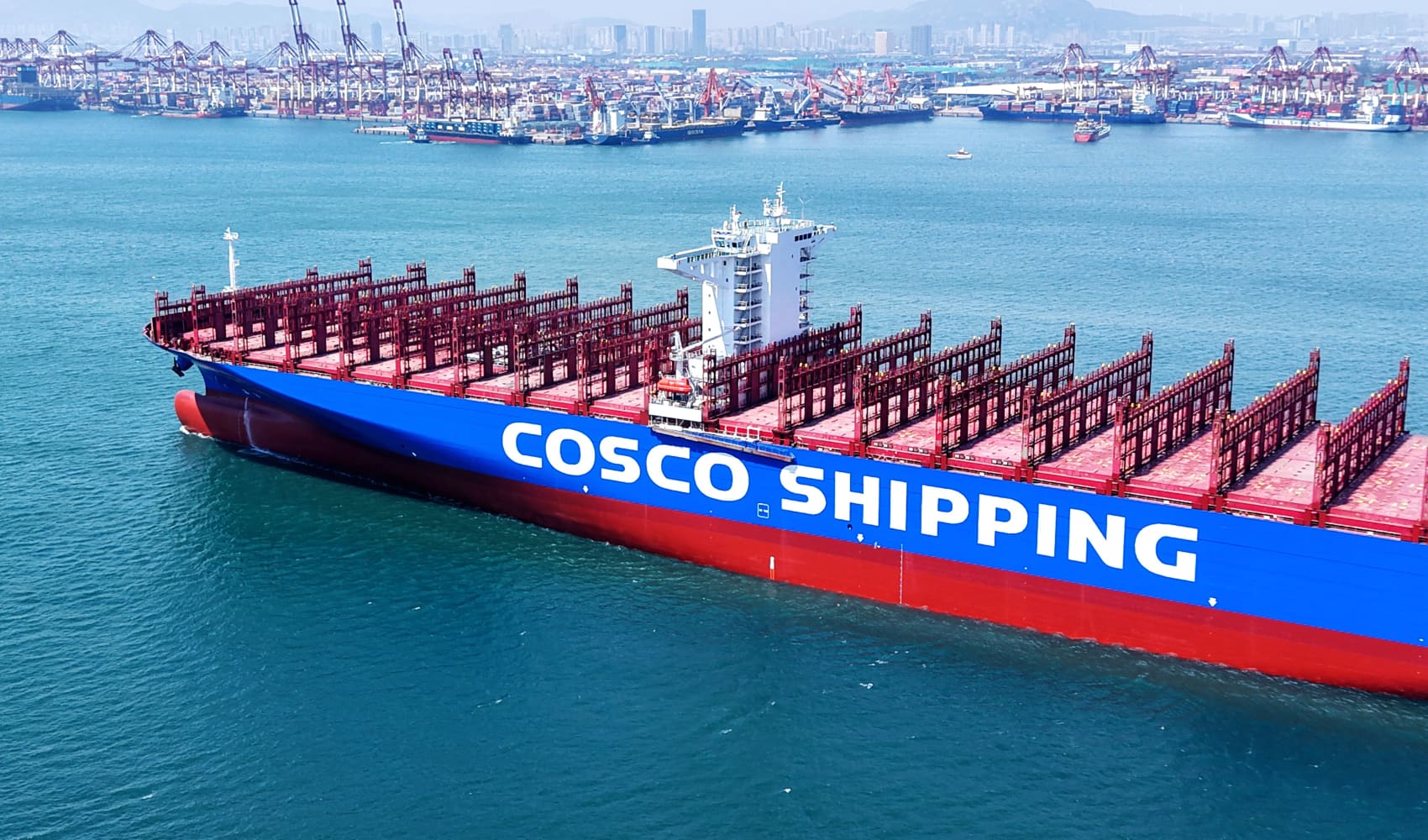Howard Schultz's Secret: Costco Advice Saved Starbucks!
Howard Schultz's Secret to Success: A Costco Lesson
Introduction: More Than Just Coffee - A Leadership Brew
We all know Starbucks. That ubiquitous green logo, the familiar aroma of freshly brewed coffee, the personalized names called out at the pickup counter. But behind the lattes and Frappuccinos lies a fascinating story of leadership, resilience, and a key piece of advice that has guided the company through thick and thin. Former Starbucks CEO Howard Schultz has openly shared the wisdom he gleaned from an unlikely source: Costco co-founder Jim Sinegal. This isn't just about coffee; it's a masterclass in business strategy, customer loyalty, and staying true to your core values, even when the economy throws a curveball.
The Economic Storm: Navigating Uncertainty
In today's volatile economic climate, CEOs are scrambling for solutions, searching for that magic bullet that will shield their companies from the storm. Schultz, a seasoned veteran who weathered the 2008 financial crisis, offers simple yet profound advice: focus on your customers and your values. Sounds easy, right? But implementing this in the face of declining profits and shrinking budgets requires a steely resolve and a clear vision.
Schultz's Guiding Principle: Exceeding Expectations
According to a LinkedIn post, Schultz's advice to CEOs boils down to one essential point: "Serve every customer and partner beyond their expectations." He argues that maniacal focus on controllable factors, coupled with unwavering adherence to core values, is the best approach to managing global markets' uncertainties. This is akin to a sailor staying the course, using the compass to navigate the unpredictable sea.
The Costco Connection: A Revelation in Retention
But where did this customer-centric philosophy originate? The answer lies in a conversation Schultz "vividly" remembers with Costco co-founder Jim Sinegal. Sinegal emphasized the detrimental effects of losing core customers in a downturn, arguing that regaining them would be far more costly than acquiring new ones. Imagine trying to rebuild a house after a hurricane. It's always easier to reinforce the existing structure before the storm hits.
Jim Sinegal's Sage Advice: A Timeless Lesson
What exactly did Sinegal say? "Howard, the cost of losing your core customers and trying to get them back during a down economy will be much greater than the cost of acquiring new customers." This simple statement became a guiding principle for Starbucks, shaping its strategies during times of economic hardship. It's a reminder that true loyalty is built through consistent value and exceptional service.
Why Customer Retention is King: Beyond Acquisition
The Lifetime Value of a Customer
Think about it. Acquiring a new customer requires significant investment in marketing, advertising, and sales efforts. Retaining an existing customer, on the other hand, is often more cost-effective. Why? Because loyal customers are more likely to make repeat purchases, recommend your brand to others, and forgive occasional slip-ups. They are your brand ambassadors, your advocates, your most valuable asset.
The Power of Word-of-Mouth
In the age of social media, word-of-mouth marketing is more powerful than ever. A satisfied customer can spread the word about your brand to their network, generating buzz and attracting new customers organically. Conversely, a dissatisfied customer can damage your reputation with negative reviews and social media rants. Keeping your customers happy is not just about making a sale; it's about building a long-term relationship.
Starbucks' Turnaround: Putting the Principle into Practice
Closing Stores Strategically
During the 2008 financial crisis, Starbucks faced significant challenges. To streamline operations and improve profitability, Schultz made the difficult decision to close hundreds of underperforming stores. However, this wasn't a knee-jerk reaction. It was a strategic move to focus resources on core markets and enhance the customer experience at remaining locations.
Investing in Employee Training
Schultz also recognized the importance of investing in employee training. By empowering baristas to provide exceptional service and build genuine connections with customers, Starbucks created a welcoming and memorable experience. Happy employees lead to happy customers, and happy customers lead to a thriving business.
Innovation and Product Development
Staying relevant in a competitive market requires constant innovation. Starbucks continued to introduce new products and services, catering to evolving customer preferences. From mobile ordering to personalized drinks, the company adapted to meet the changing needs of its target audience.
Beyond Coffee: Applying the Lesson to Any Business
The lessons learned from Schultz and Sinegal are not limited to the coffee industry. Any business, regardless of its size or sector, can benefit from prioritizing customer retention and staying true to its core values. Whether you're selling software, providing healthcare, or offering financial services, the principles remain the same.
Building a Customer-Centric Culture
Empathy and Understanding
Put yourself in your customers' shoes. Understand their needs, their pain points, and their aspirations. By demonstrating empathy and genuine care, you can build trust and foster long-term loyalty.
Personalization and Customization
In today's digital age, customers expect personalized experiences. Use data and technology to tailor your products, services, and marketing messages to individual preferences. Show your customers that you value them as individuals, not just as transactions.
Feedback and Continuous Improvement
Actively solicit feedback from your customers and use it to improve your products, services, and processes. Demonstrate that you're listening and that you're committed to providing the best possible experience.
The Power of Core Values: Staying Grounded in a Crisis
Economic downturns can tempt businesses to compromise their values in pursuit of short-term profits. Cutting corners, reducing quality, or misleading customers may seem like viable options, but they can ultimately backfire. Staying true to your core values, even in the face of adversity, builds trust and strengthens your brand reputation. Think of your values as the anchor that keeps your ship from drifting aimlessly in a storm.
Leading with Integrity: The Schultz Way
Howard Schultz's leadership style is characterized by integrity, empathy, and a deep commitment to his employees and customers. He understood that building a successful business requires more than just profits; it requires a strong sense of purpose and a genuine desire to make a positive impact on the world. His willingness to share his experiences and insights has inspired countless entrepreneurs and business leaders.
The Future of Business: Prioritizing People Over Profit
In an increasingly competitive and uncertain world, the companies that prioritize people over profit are the ones that will thrive. By focusing on customer retention, staying true to core values, and leading with integrity, businesses can build lasting relationships and create a sustainable future. The key is to remember that business is not just about making money; it's about making a difference.
Conclusion: A Recipe for Enduring Success
Howard Schultz's story is a testament to the power of customer-centricity and unwavering values. Jim Sinegal's advice served as a crucial ingredient in Starbucks' recipe for success, demonstrating that focusing on retaining core customers during economic downturns is vital. By prioritizing people, demonstrating empathy, and staying true to their core values, businesses can weather any storm and emerge stronger than ever. The next time you're sipping a Starbucks latte, remember that it's more than just a beverage; it's a symbol of resilience, leadership, and a commitment to exceeding expectations.
Frequently Asked Questions (FAQs)
- 1. What was the main advice Jim Sinegal gave Howard Schultz?
- Sinegal advised Schultz that the cost of losing and regaining core customers during an economic downturn would be greater than the cost of acquiring new ones, emphasizing the importance of customer retention.
- 2. How did Starbucks apply this advice during the 2008 financial crisis?
- Starbucks strategically closed underperforming stores, invested in employee training to enhance customer service, and continued to innovate with new products and services to retain its core customer base.
- 3. Is this advice relevant to businesses outside of the food and beverage industry?
- Yes, the principles of customer retention and staying true to core values are universally applicable to businesses of all sizes and sectors.
- 4. What are some key strategies for building a customer-centric culture?
- Key strategies include demonstrating empathy, personalizing customer experiences, actively soliciting feedback, and using that feedback for continuous improvement.
- 5. Why is it important for businesses to stay true to their core values, especially during a crisis?
- Staying true to core values builds trust, strengthens brand reputation, and ensures long-term sustainability, even when facing economic challenges.

